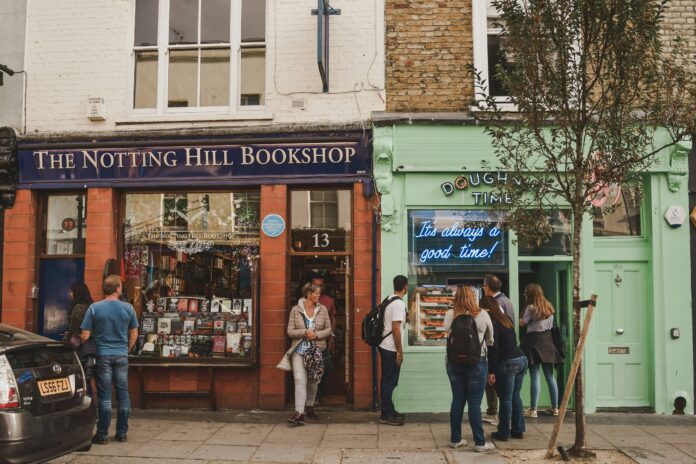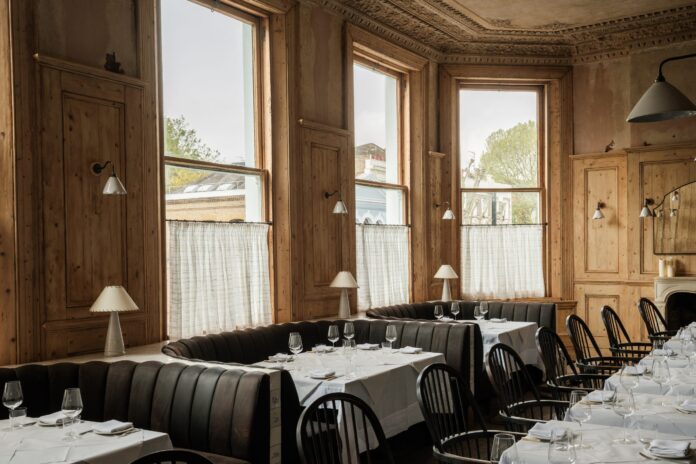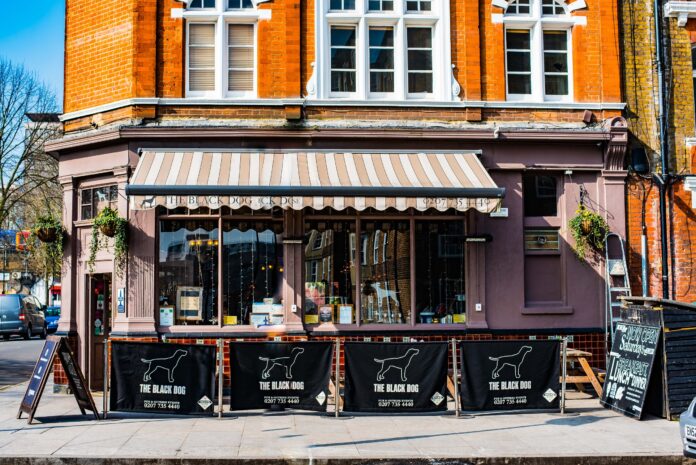Last year, you could book to stay at the real life ‘Barbie Dreamhouse‘ in Malibu. Staying at this pink-hued mansion meant stepping into Barbie’s iconic universe, replete with neon lights and signature hot pink decor. It’s safe to say that Barbie’s dream house is plastic, pink and proud.
This got us thinking about what is the dream home for us. Of course, the concept of a ‘dream home’ is as old as time itself, with each generation redefining what this means in the context of their time, aspirations, and cultural shifts. From the post-war era’s desire for modern conveniences to today’s emphasis for sustainable living, the dream home has continually transformed, reflecting the changing values, technologies, and lifestyles of society. So, we’ve taken a look at what’s been considered a ‘dream’ home over the years and how the concept has evolved.
Ever Evolving Concepts Of What Makes A ‘Dream’ Home
The Post-War Dream: Comfort & Modernity
In the aftermath of World War II, Britain was rebuilding, and with that came a new vision for domestic living. The 1950s dream home was one of comfort and modernity. It was a time when the introduction of state-of-the-art appliances like refrigerators and washing machines revolutionised daily life. The ideal home was detached, with a garden, garage, and a separate dining room for family meals. It was a symbol of stability and progress, with a design that often featured clean lines and a touch of art deco flair.
The Swinging Sixties: Space & Social Change
As the 1960s swung around, so did the notion of the dream home. Space became a luxury as families grew and social gatherings became more commonplace. The dream home of this era was spacious, with an open-plan living area to accommodate the changing social dynamics. The introduction of central heating as the decade progressed was a game-changer, and homes with this feature were highly coveted. The decor was bold and colourful, mirroring the revolutionary spirit of the time.
The Materialistic Eighties: Opulence & Excess
The 1980s were characterised by a culture of excess and materialism, and this was reflected in the homes of the time. The dream home was large and ostentatious, with an emphasis on displaying wealth; think conservatories, double garages, and en-suite bathrooms. The kitchen became the heart of the home, with dining areas merging into this space to create a hub for family life. Technology began to play a more significant role, with the introduction of home computers and entertainment systems, as well as appliances in the kitchen.
The Turn Of The Millennium: Technology & Efficiency
As we approached the new millennium, the dream home took on a more tech-savvy approach. Homebuyers were looking for properties that could accommodate the rapid advancements in technology. Features like high-speed internet connections, home offices, and smart home systems were becoming part of the dream. Energy efficiency also started to gain traction, with double glazing and better insulation becoming must-haves for environmentally conscious homeowners.

2024’s Diverging Definitions Of A ‘Dream Home’: A Reflection Of Our Times
Today, as the organisers of dream home competitions at Raffle House point out, the dream home is not just about luxury and convenience; it’s about sustainability, personalisation, and flexibility. With the growing awareness of climate change, eco-friendly features like solar panels, rainwater harvesting systems, and green roofs are highly desirable.
The modern dream home is adaptable, with spaces that can be easily reconfigured to suit the changing needs of its inhabitants. It’s also a reflection of personal style, with bespoke designs and unique features that cater to individual tastes…
The Personal Health Oasis: Wellness As A Priority
Health and wellness have taken centre stage in the definition of a dream home. Today’s homeowners are looking for features that enhance their physical and mental wellbeing. This includes air purification systems, water filtration units, and even home gyms or yoga studios.
Biophilic design principles, which incorporate natural elements into the home to promote health and wellbeing, are being applied more frequently. Indoor plants, living walls, and the use of natural light are all elements that contribute to creating a home that is not just a living space, but a wellness retreat.
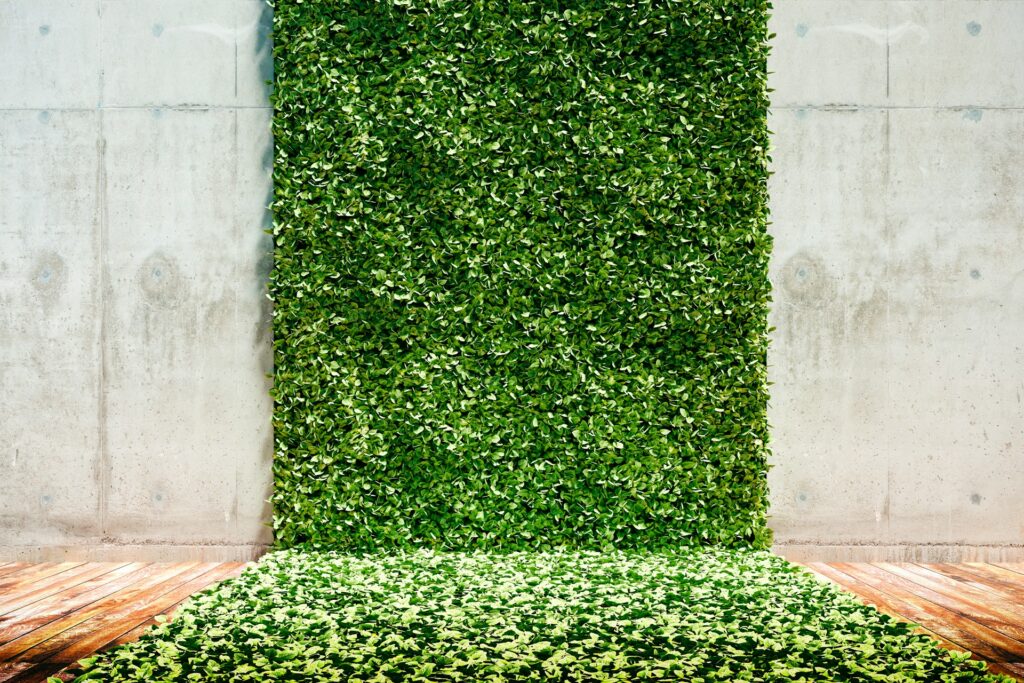
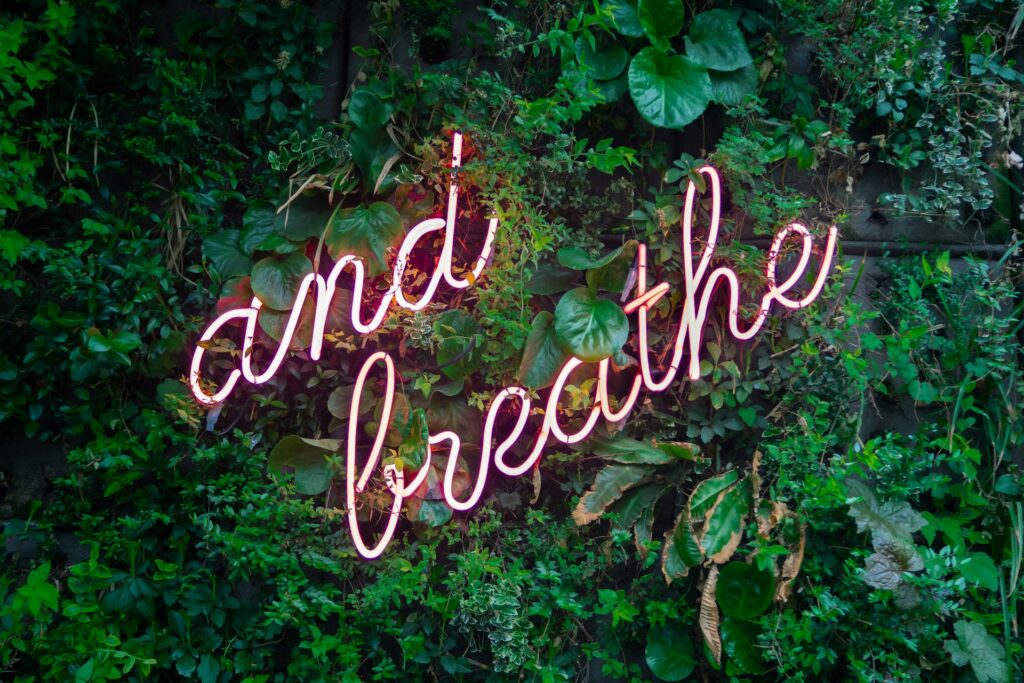
The Digital Detox Movement: A Return To Simplicity
In recent years, we’ve witnessed the rise of the digital detox movement, a counterbalance to the tech-heavy focus of the early 21st century. This trend has seen a growing number of people seeking to create homes that serve as sanctuaries from the digital world. The new dream home for this group is one with spaces dedicated to relaxation and mindfulness, such as reading nooks, art studios, and garden retreats.
Natural materials like wood and stone are favoured for their organic feel, and large windows that offer plenty of natural light and views of nature are a must. This desire for a simpler, more grounded way of living is a response to the fast-paced, always-connected lifestyle that has come to dominate modern life.
The Pandemic Effect: Home As The New Epicentre
The COVID-19 pandemic has undeniably altered our perception of what a dream home should encompass. With lockdowns and remote working becoming the norm, there has been a seismic shift in the functionality of our living spaces. The dream home in the pandemic era is one that can accommodate work, education, and leisure within its walls.
Home offices have become a staple, and flexible spaces that can serve multiple purposes are in high demand. Outdoor spaces are more valued than ever, with gardens being transformed into areas for exercise, relaxation, and even ‘staycation’ experiences. The pandemic has reminded us of the importance of our personal environments in maintaining wellbeing and happiness.
The Intergenerational Dream: Adapting To Demographic Shifts
Another aspect that has influenced the evolution of the dream home is the changing demographic landscape. With an ageing population and the rising cost of living, there’s a growing trend towards intergenerational living.
The dream home for many now includes annexes or adaptable living spaces for elderly relatives, or even separate ‘granny flats’. This not only provides a solution to care for ageing family members but also helps with childcare and strengthens family bonds. Homes are being designed with wider doorways, ground-floor bedrooms, and walk-in showers to accommodate the needs of all ages and abilities.
The Future Dream: Smart & Connected
Looking to the future, the dream home is set to become even smarter and more connected. Automation will play a significant role, with systems that can control everything from lighting to security, all integrated with personal devices. The rise of the Internet of Things (IoT) means that appliances and systems within the home will communicate with each other, creating a seamless living experience.
The Bottom Line
The dream home has indeed come a long way from the post-war desire for modern conveniences to today’s emphasis on sustainability and personalisation. Each generation has left its mark, shaping the dream home to reflect its values, aspirations, and the technological capabilities of the time.

